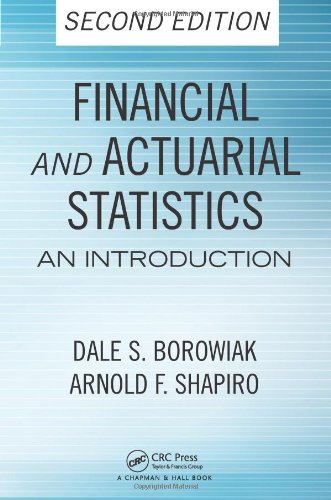

Most ebook files are in PDF format, so you can easily read them using various software such as Foxit Reader or directly on the Google Chrome browser.
Some ebook files are released by publishers in other formats such as .awz, .mobi, .epub, .fb2, etc. You may need to install specific software to read these formats on mobile/PC, such as Calibre.
Please read the tutorial at this link: https://ebookbell.com/faq
We offer FREE conversion to the popular formats you request; however, this may take some time. Therefore, right after payment, please email us, and we will try to provide the service as quickly as possible.
For some exceptional file formats or broken links (if any), please refrain from opening any disputes. Instead, email us first, and we will try to assist within a maximum of 6 hours.
EbookBell Team

4.8
64 reviewsUnderstand Up-to-Date Statistical Techniques for Financial and Actuarial Applications
Since the first edition was published, statistical techniques, such as reliability measurement, simulation, regression, and Markov chain modeling, have become more prominent in the financial and actuarial industries. Consequently, practitioners and students must acquire strong mathematical and statistical backgrounds in order to have successful careers.
Financial and Actuarial Statistics: An Introduction, Second Edition enables readers to obtain the necessary mathematical and statistical background. It also advances the application and theory of statistics in modern financial and actuarial modeling. Like its predecessor, this second edition considers financial and actuarial modeling from a statistical point of view while adding a substantial amount of new material.
New to the Second Edition
The book presents a unified approach to both financial and actuarial modeling through the use of general status structures. The authors define future time-dependent financial actions in terms of a status structure that may be either deterministic or stochastic. They show how deterministic status structures lead to classical interest and annuity models, investment pricing models, and aggregate claim models. They also employ stochastic status structures to develop financial and actuarial models, such as surplus models, life insurance, and life annuity models.